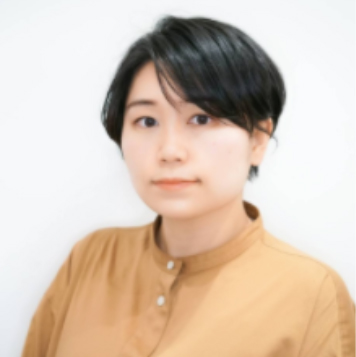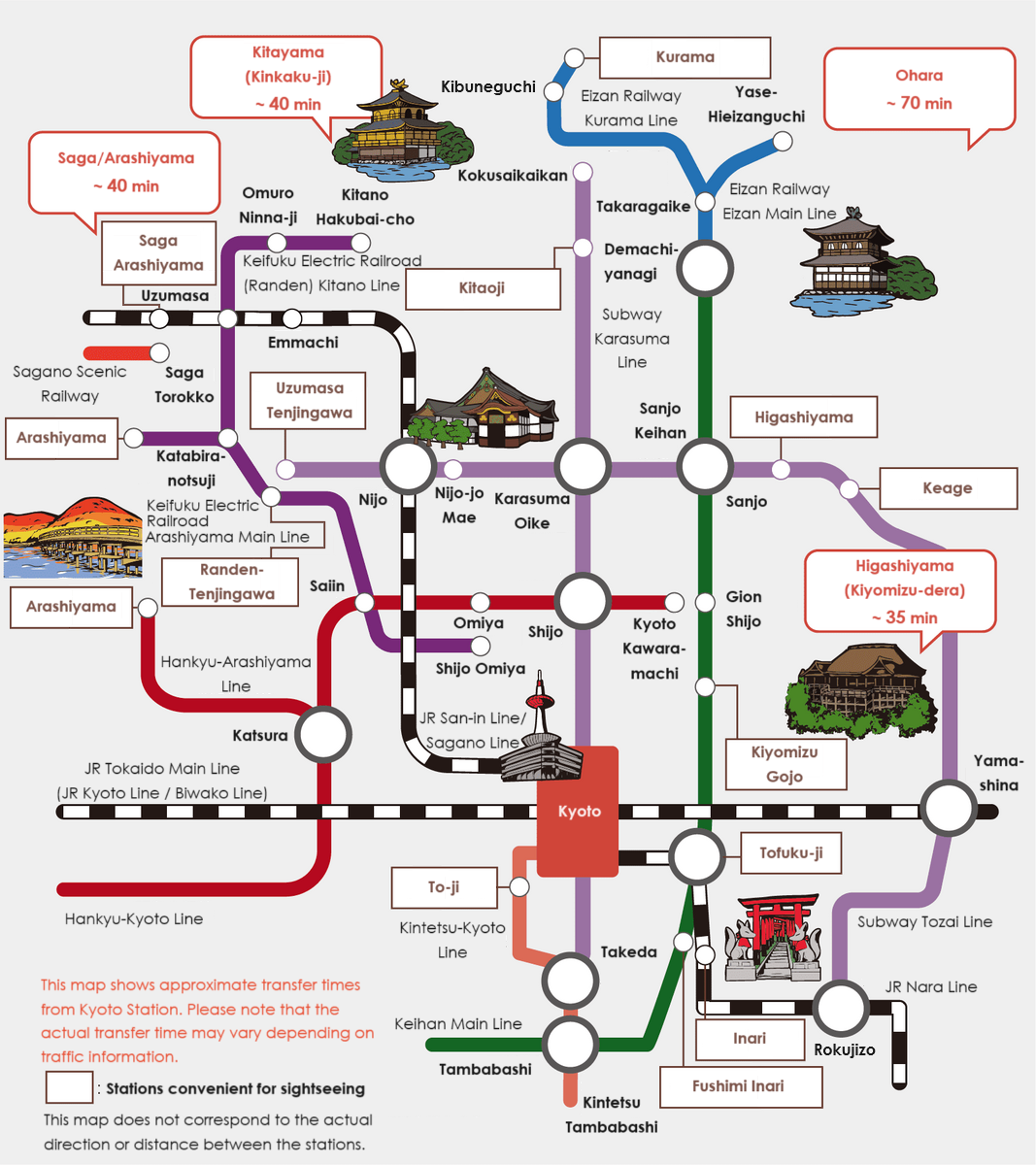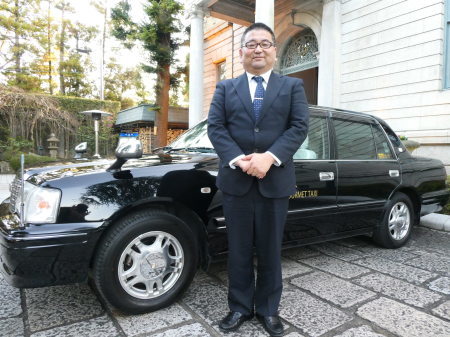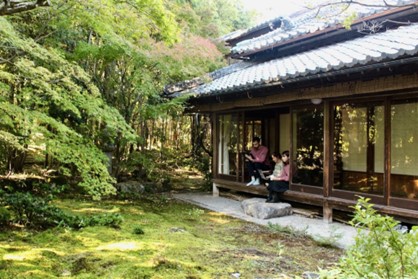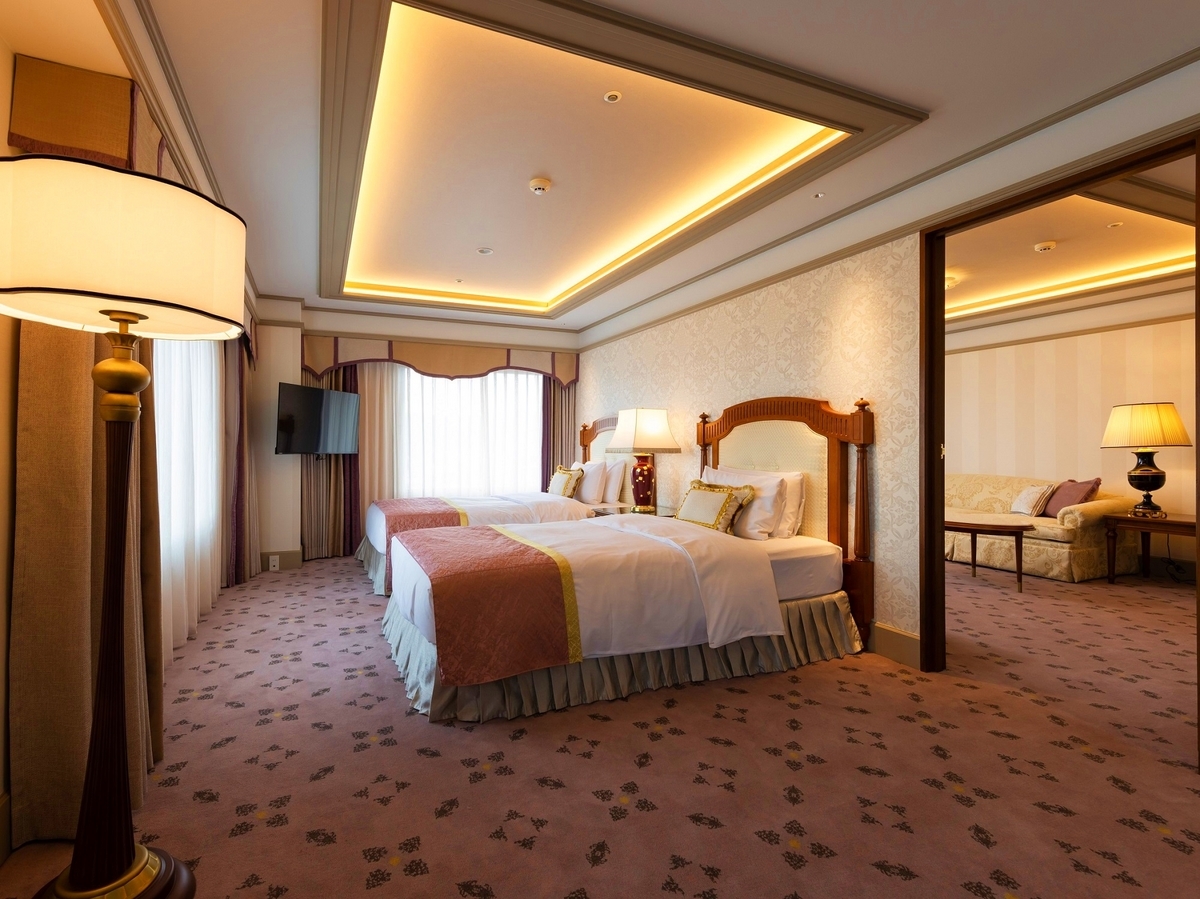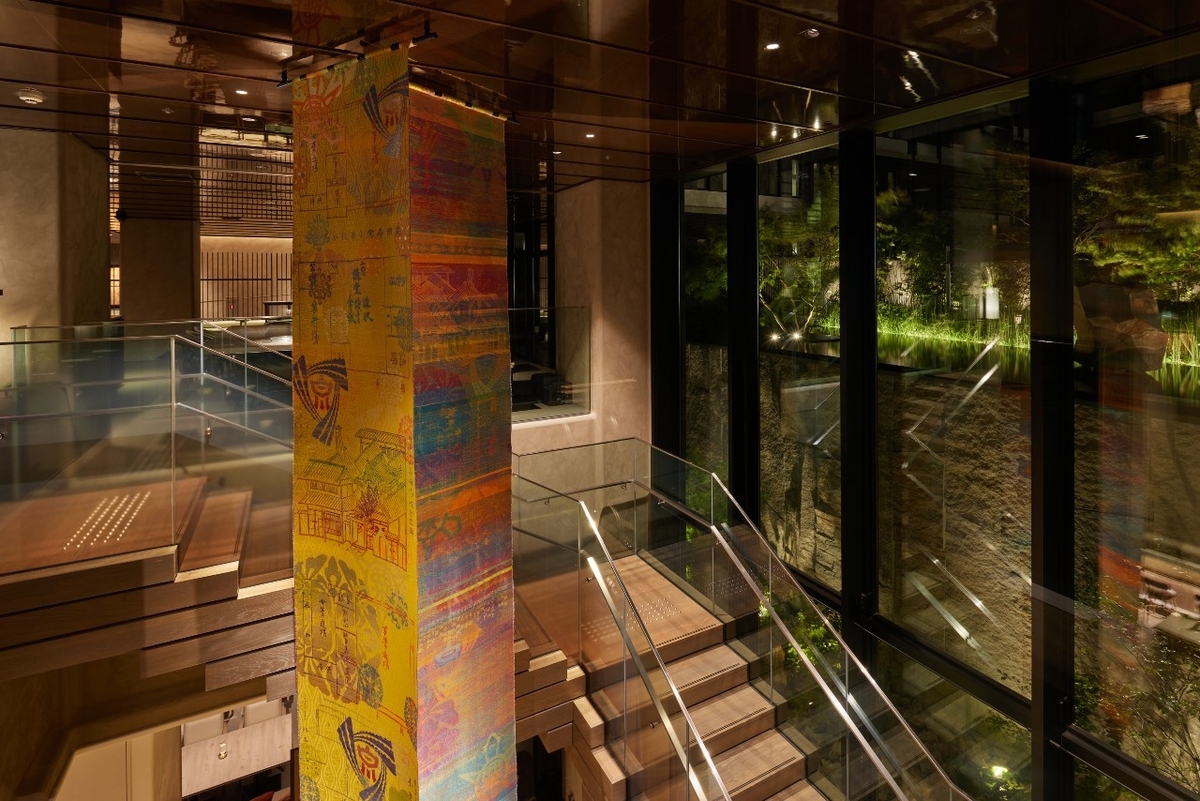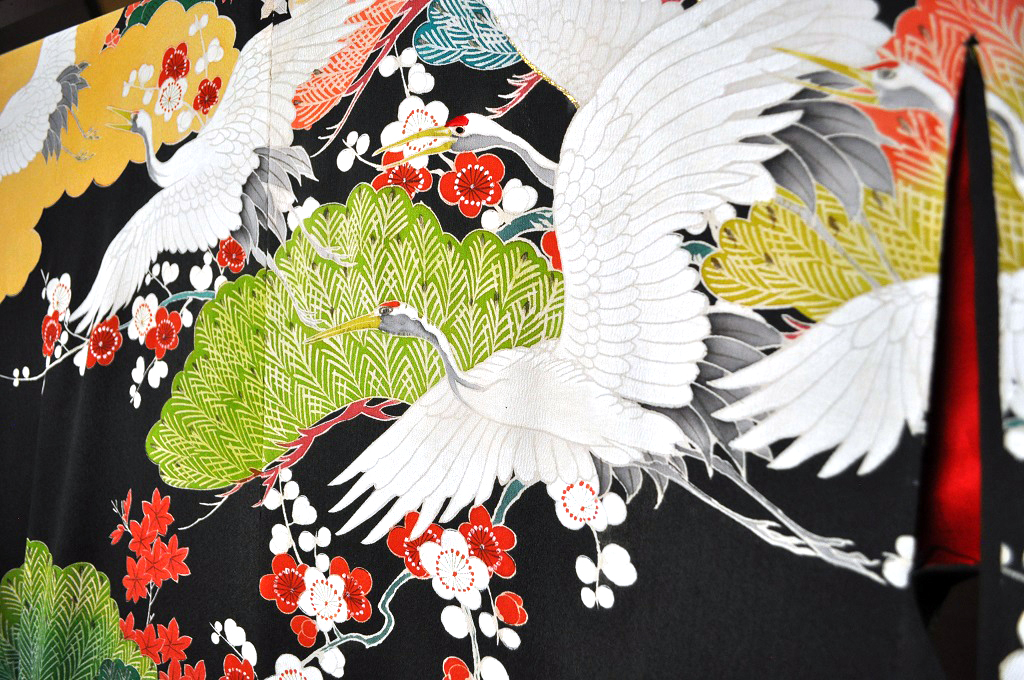
Choosing a place to stay is an important part of traveling. Not only the features of the lodging itself, such as a cozy room and delicious food, but also good access to your sightseeing destinations is essential for a pleasant trip. Kyoto has various attractive areas such as the Higashiyama and Gion area, the Gosho area, and the Arashiyama area, each with various types of lodging to choose from.
This first part of this two-part article will introduce basic ways to get around Kyoto and describe the characteristics of each area, with the hope that it will help you prepare for your trip to Kyoto.
Means of transportation and traffic situations in Kyoto
Checking means of transportation and traffic situations in advance will help you get to shrines, temples, and other sightseeing destinations seamlessly when you are in Kyoto. The central part of Kyoto City, which has many notable tourist spots, spans roughly twenty kilometers east to west and north to south, making one-way access to most of its locations possible within an hour.
Click here or on the map to enlarge it.
Buses, such as the No.205 bus going from Kyoto Station to Kinkaku-ji Temple and the No.206 bus going towards Kiyomizu-dera Temple, are convenient but can be very crowded depending on the season. The use of trains and subways (Kyoto City Subway, JR, Hankyu, and Keihan) are recommended for traveling to all directions in the city. It is also pleasant to ride a bicycle during spring and autumn, when the weather is mild.
Related articles
Getting from Kyoto Station to Kinkaku-ji Temple: Take it Easy and Visit a Shrine for Good Luck!
In addition, this website is useful for checking transportation methods to get to specific tourist locations.
Choosing lodging based on location
From here, we will introduce the characteristics of each area of Kyoto and its accessible tourist attractions.
1. Kyoto Station area

Kyoto Station is where most people first arrive when traveling to Kyoto. Nearby, there are famous temples such as Toji, Higashi Hongan-ji, and Nishi Hongwan-ji. The JR lines running through this area allow convenient access to notable places such as Fushimi Inari Shrine, Tofuku-ji Temple, and Arashiyama. There are also many coin-operated lockers and places to check in luggage, which can be useful.
The Kyoto Station area has many large hotels and business hotels, making it relatively easy to find vacancies even during peak seasons.
2. Shijo-Kawaramachi and Shijo-Karasuma area
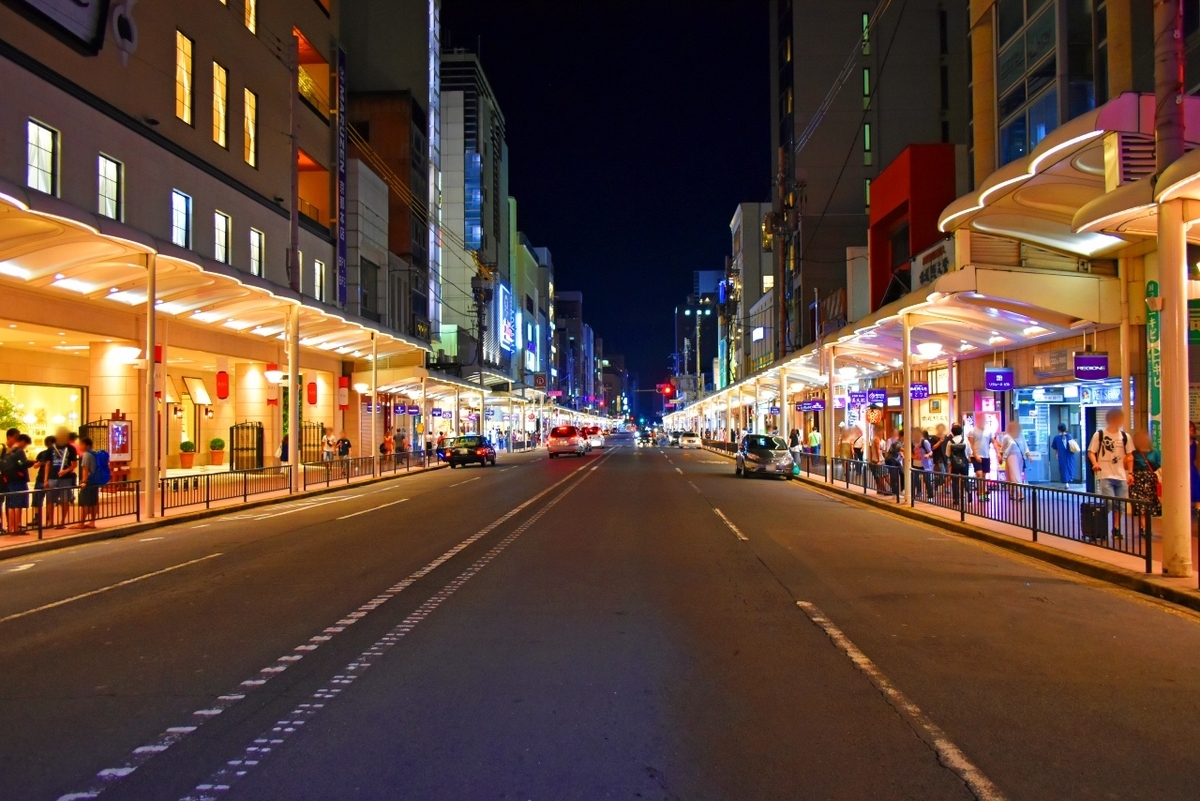
The Shijo-Karasuma area is a business district, and the Shijo-Kawaramachi area is a commercial district. These areas are easily accessible from Kyoto Station using the Kyoto City Subway Karasuma Line. From Shijo-Kawaramachi, it is easy to walk to Yasaka-jinja Shrine and Gion, and the Nishiki Market is nearby. It is also pleasant to take a walk on the banks of Kamo River in morning.
A wide range of types of lodging is available in this area, including traditional ryokan, guesthouses, and designer hotels. The area is especially suitable for enjoying dining and shopping in Kyoto.
3. Gion and Higashiyama area
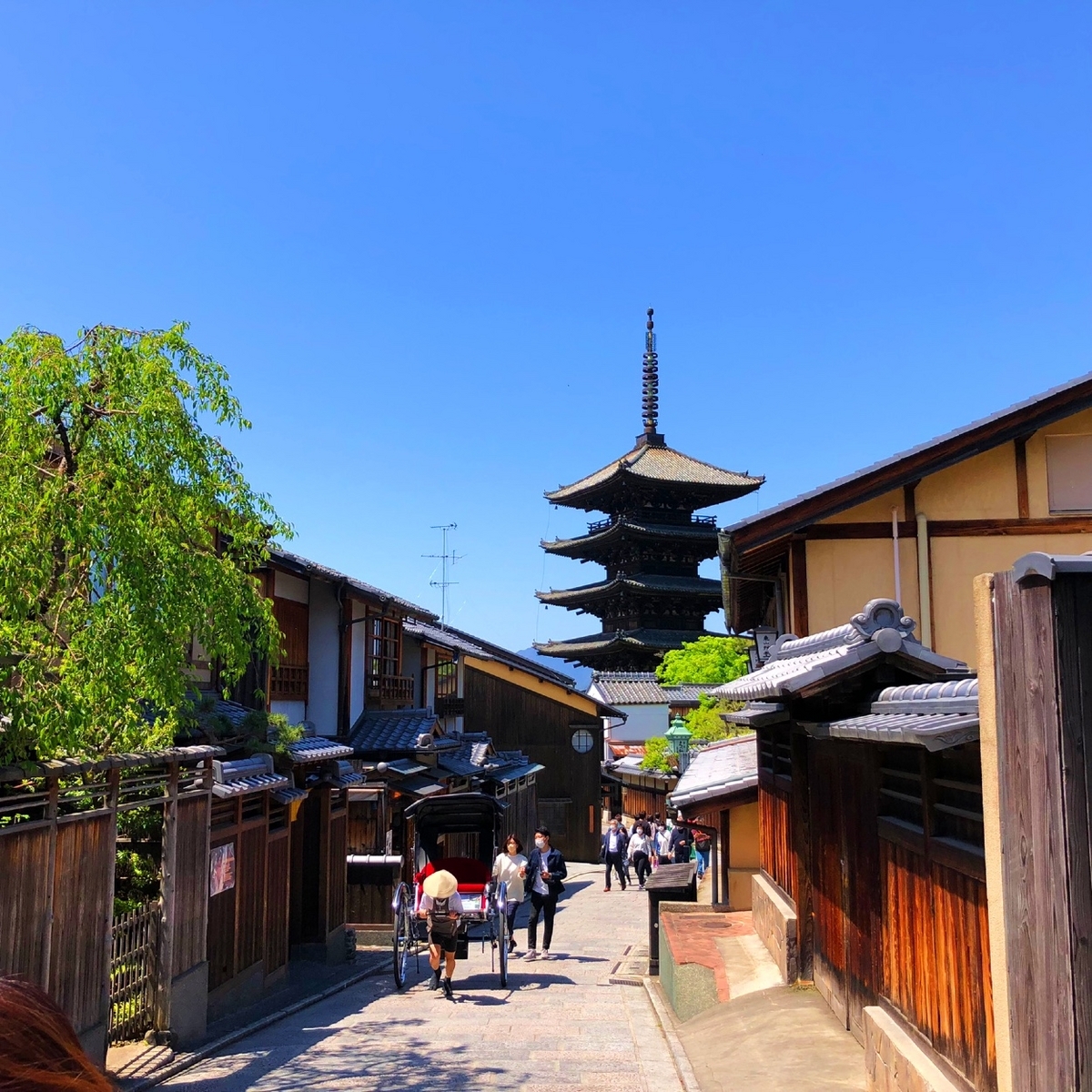
The Gion and Higashiyama area has a distinctively Kyoto-like atmosphere with famous temples and shrines including Kiyomizu-dera Temple, Yasaka-jinja Shrine, and Kodai-ji Temple and many long-established, traditional restaurants (ryotei) and souvenir shops.
The area has many long-standing ryokan inns as well as luxury hotels run by global companies and is recommended for those who wish to spend an exceptional time for special occasions or a relaxing time in a very Kyoto-like atmosphere.
4. Kyoto Gosho and Nijo Castle area

The Kyoto Gosho and Nijo-jo Castle area is relatively quiet while also having many attractive spots to visit, including Nijo Castle, Kyoto Gosho (Kyoto Imperial Palace), and Kitano-Tenmangu Shrine. The area has hotels and guest houses that blend with the mood of the local lifestyle. Taking a walk in Kyoto’s Imperial Palace Park (Gosho) or having breakfast in one of the hideaway-like cafés is a good way to enjoy the area like a local.
The Kyoto City Subway Tozai Line and the JR Sagano Line run through this area, making transportation going all directions convenient. From Kitano-Tenmangu Shrine you can also ride the Randen line going to Arashiyama.
5. Ohara, Kurama, and Kibune area
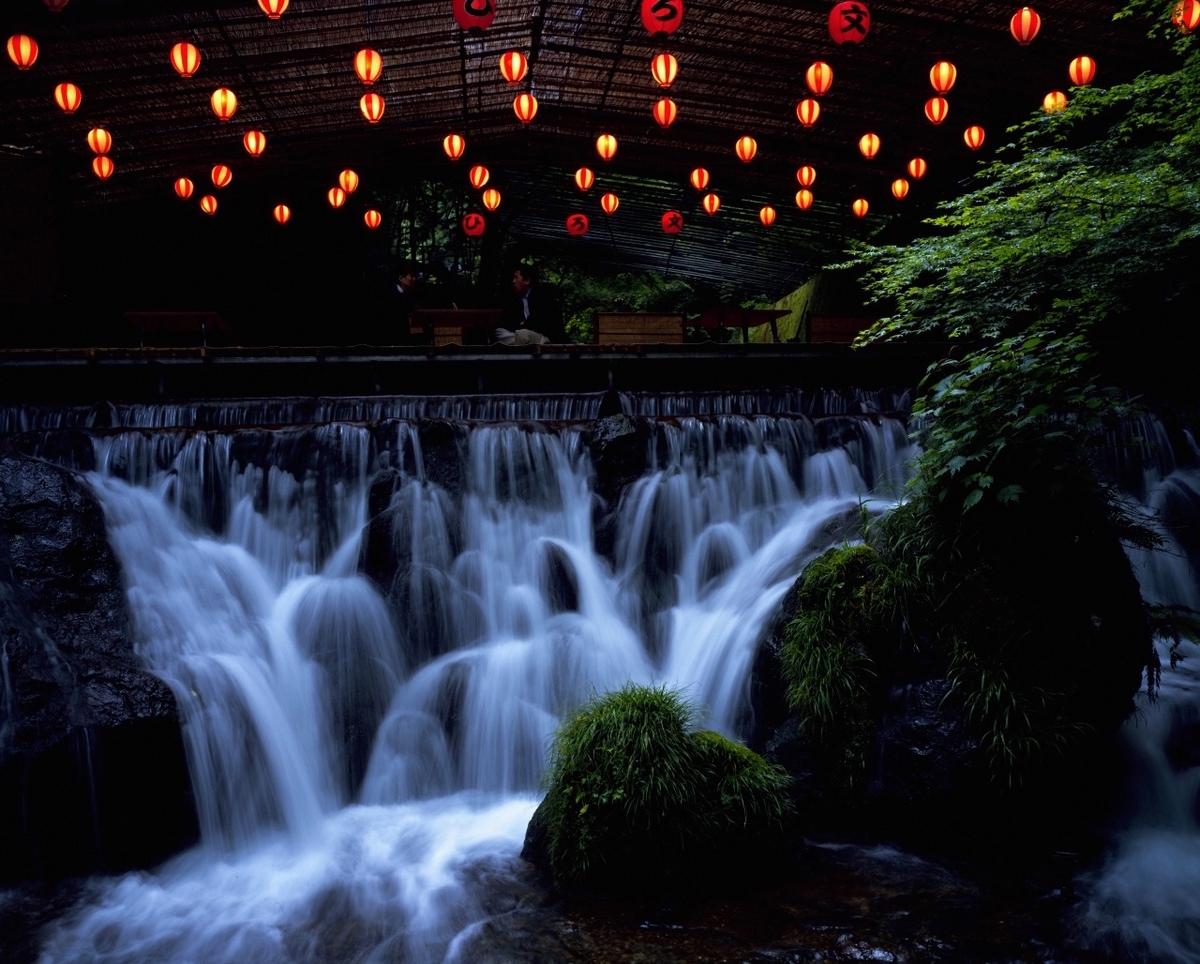
In the Ohara, Kurama, and Kibune area you can visit temples and shrines, such as Kurama-dera Temple and Kifune-jinja Shrine, which are tucked away in beautiful green landscapes, as well as enjoy onsen hot springs and delicious local food. In summer there are places where yuka dining on terraces over a stream is available, and in autumn there are plenty of scenic areas to view the red and golden leaves.
Ohara, where Sanzen-in Temple is located, has minshuku and ryokan inns with hot spring baths, making it a perfect place to refresh the mind and body. The area is about an hour away from Kyoto Station but is suitable for those who wish to spend a relaxing time away from the bustle of the city.
6. Saga, Arashiyama, and Takao area
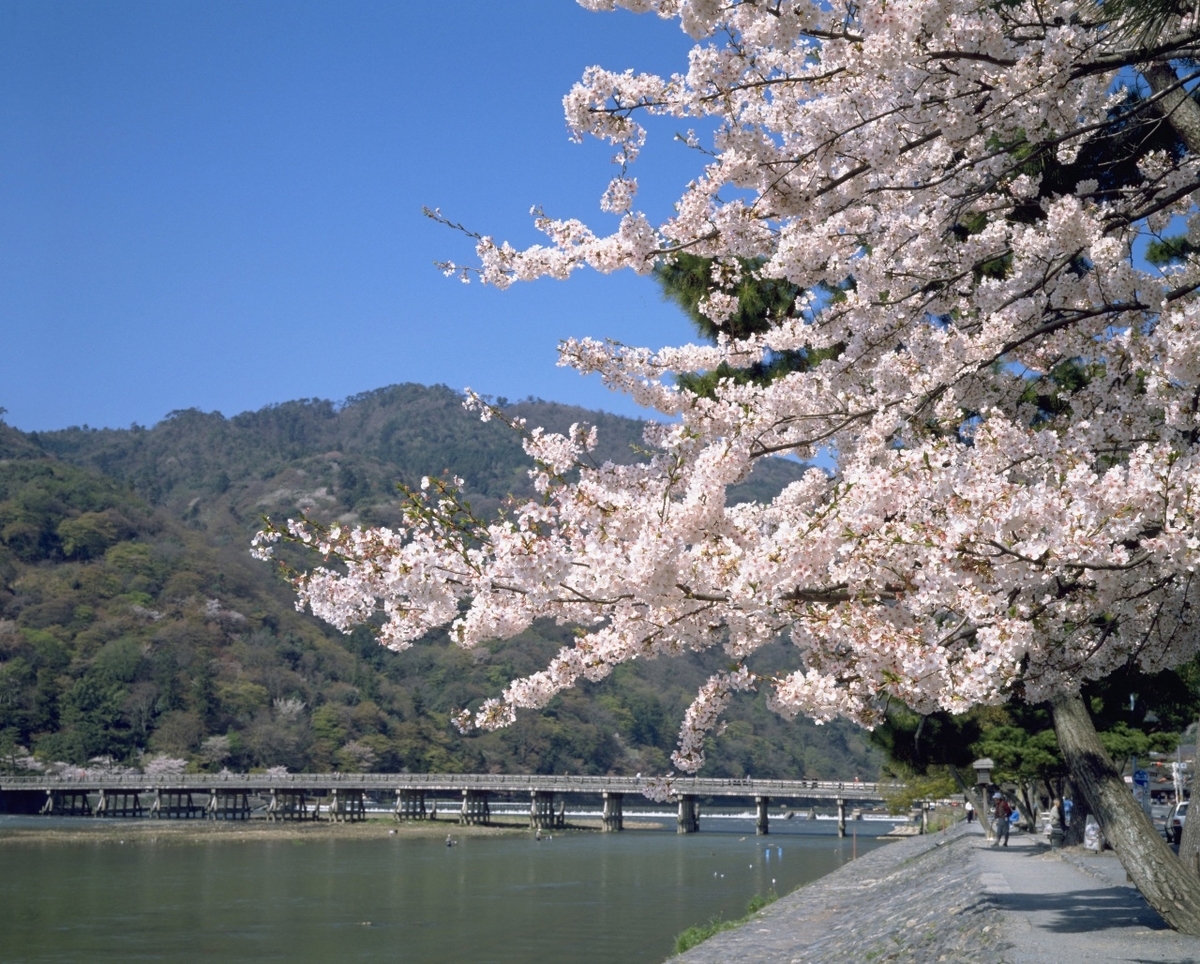
Arashiyama is a scenic area famous for its breathtaking bamboo grove, Togetsukyo Bridge, and various shrines and temples such as Tenryu-ji Temple. It has high-quality hotels and long-standing hot spring ryokan, and also has good access to busier parts of the city with the use of JR and Randen trains. The restaurants and cafes tend to close at early hours in this area, but it is a perfect place to enjoy stunning views in the daytime and especially early in the morning when there are less people.
Takao is a quiet area in the mountains with a river that has yuka restaurants serving delicious local food on balcony seats by the river. Takao is also one the three famous scenic areas along this mountain range to view the autumn leaves (the other two are Maki-no-o and Toga-no-o), and has famous historic sites such as Jingo-ji Temple.
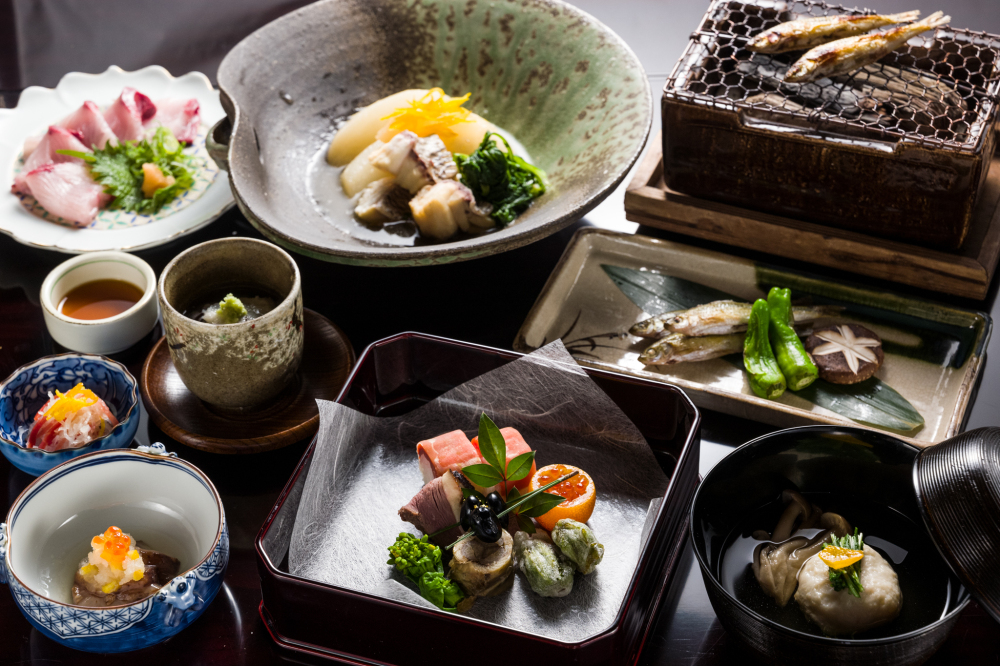
Things to keep in mind
Kyoto is a city visited by many tourists, both from Japan and abroad. Below are several things related to lodging and sightseeing that you may wish to keep in mind.
1. When to reserve lodging
It is recommended to make reservations as early as possible in case of visiting Kyoto during the high seasons (cherry blossom season, autumn leaves season, and during the Gion Matsuri Festival) because many of the lodging facilities will be fully booked. In addition, reasonably priced types of lodging tend to get fully booked during the university entrance exam season and around the Kyoto Marathon day (mid-February). It is relatively easy to book lodging for before and after these seasons and on weekdays.
2. Luggage
There are luggage delivery services that will transfer your luggage from Kyoto Station to your hotel, etc., and there are also many places where you can check in luggage. It is best to check in large pieces of luggage to enjoy hands-free and hassle-free sightseeing. Hotels and other lodging facilities also offer luggage delivery services, so you might want to check them out as well.
For more information, see: Hands-Free Travel
3. Things to bring
Some lodging establishments (guesthouses and minpaku private lodging) do not offer pajamas or sleeping robes, so you may have to bring your own. Some lodgings also require guests to bring their own toothbrushes and other items for ecological reasons. *Some lodgings offer special benefits to guests who bring their own toothbrushes, etc. so it may be worth checking.
4. Noise
Guests staying at guesthouses and Airbnb-type accommodations, especially those in residential areas, should be mindful not to disturb nearby residents by making loud noises at night, littering, or smoking in areas that could bother people.
Please find the lodging that suits your plans, and enjoy a wonderful trip to Kyoto.
